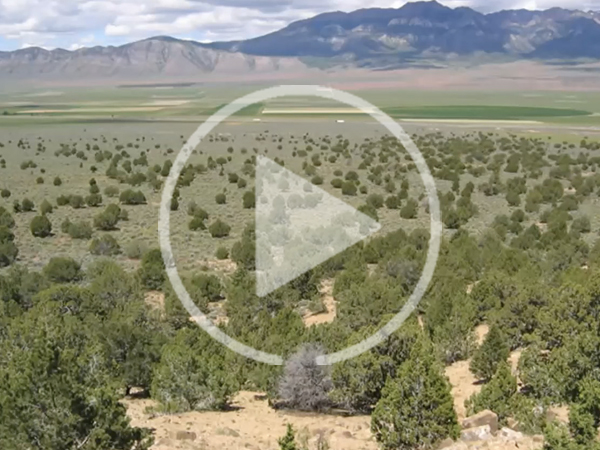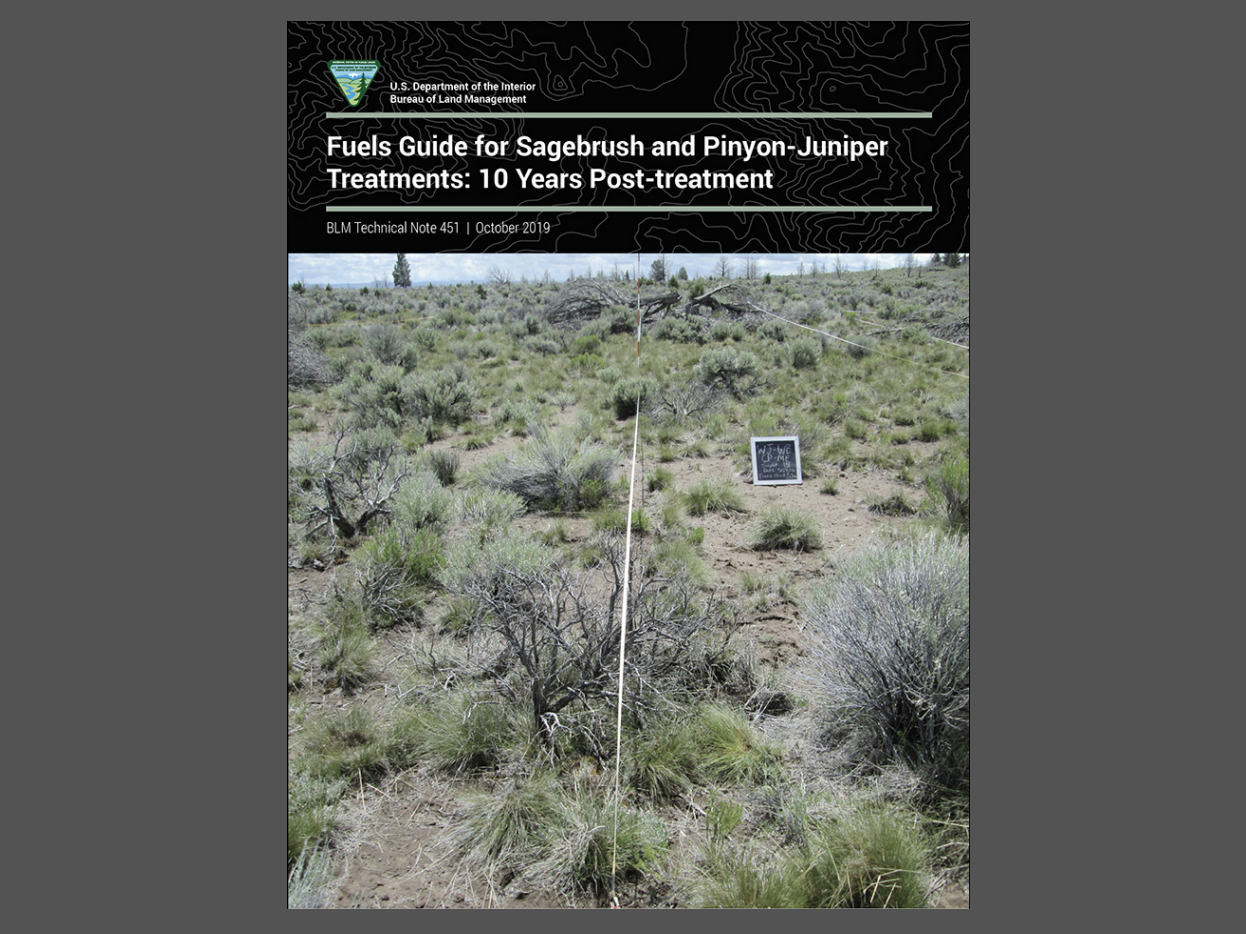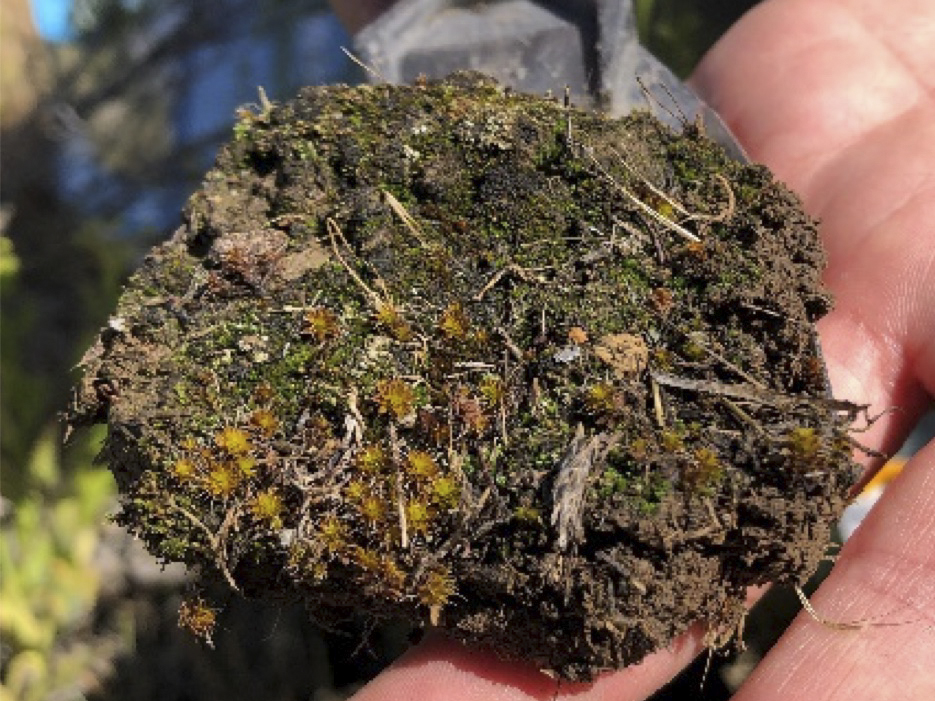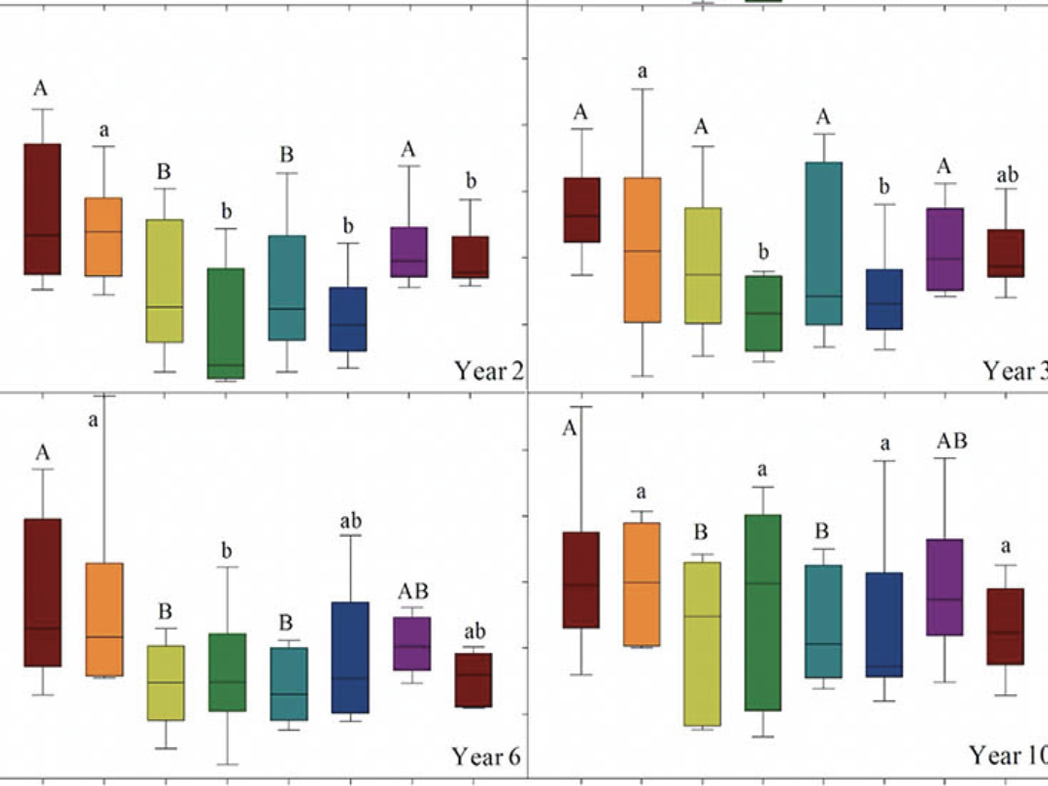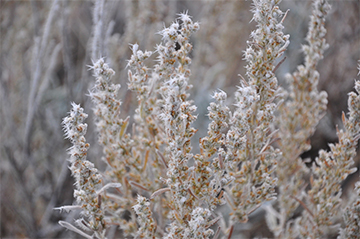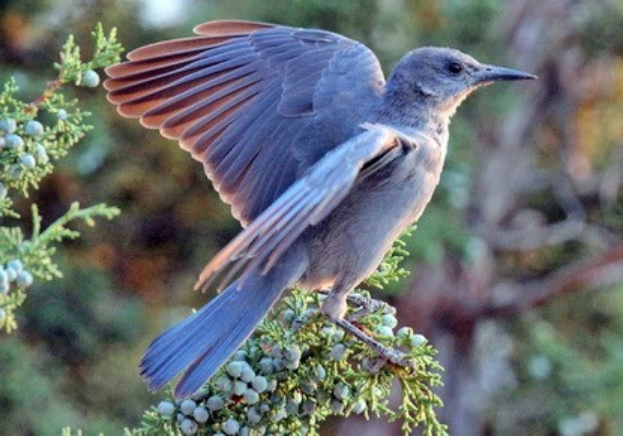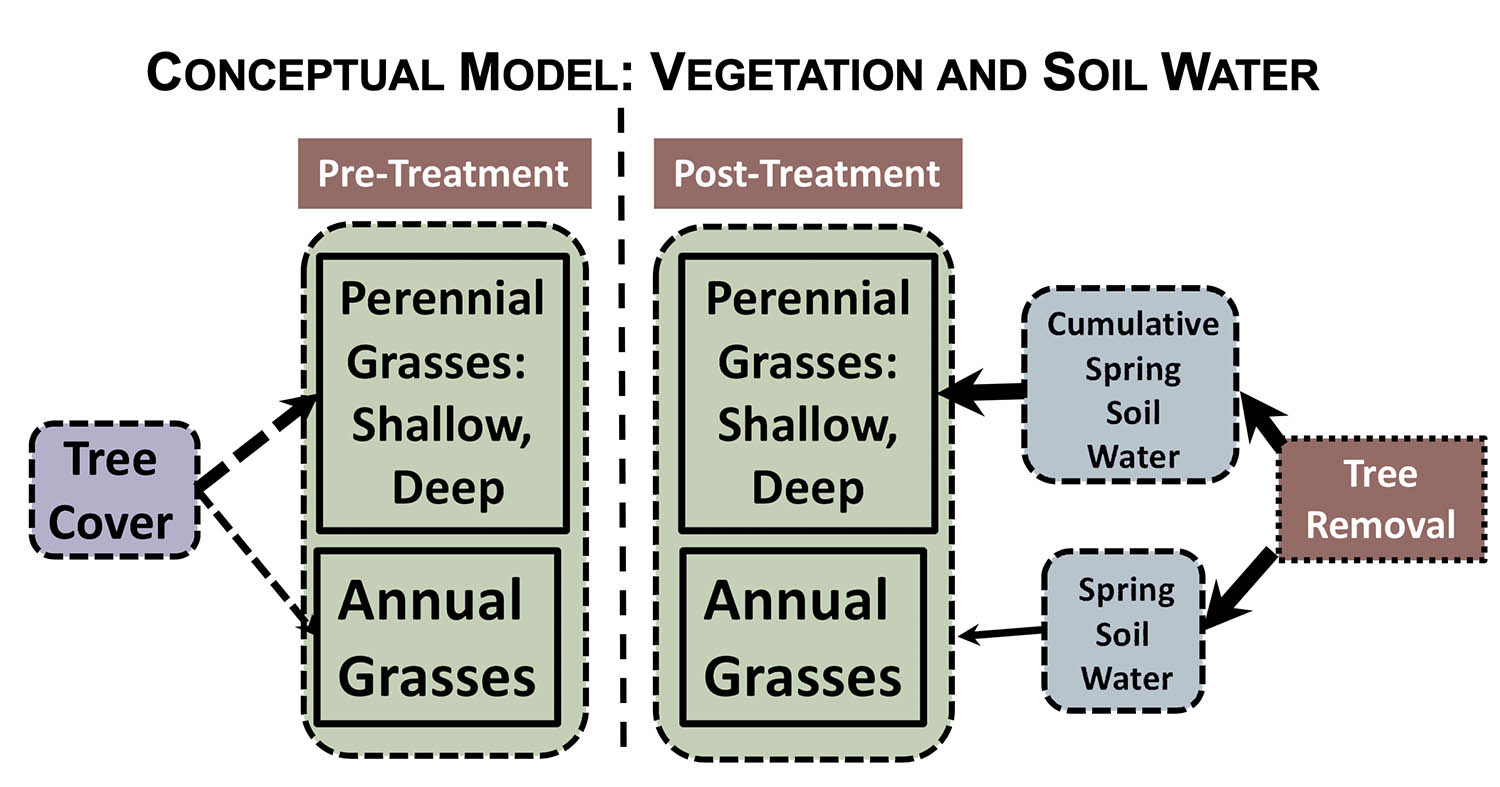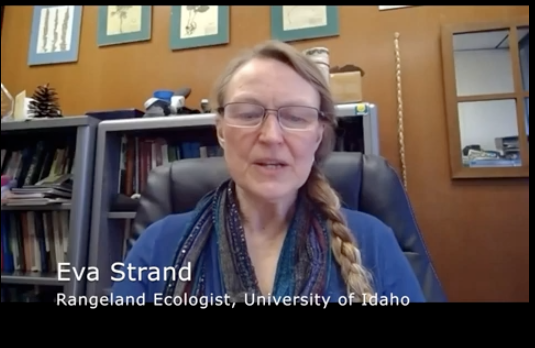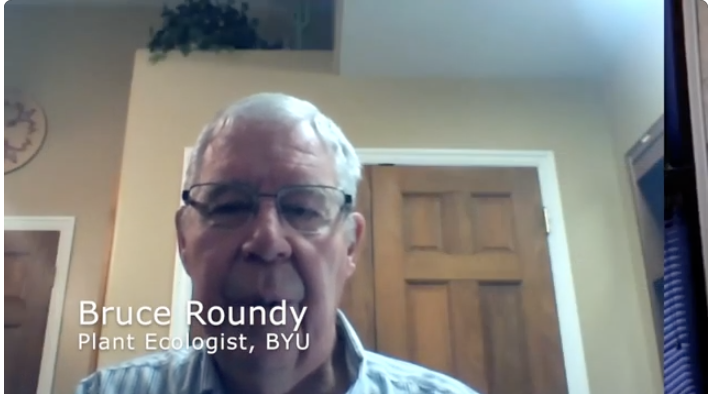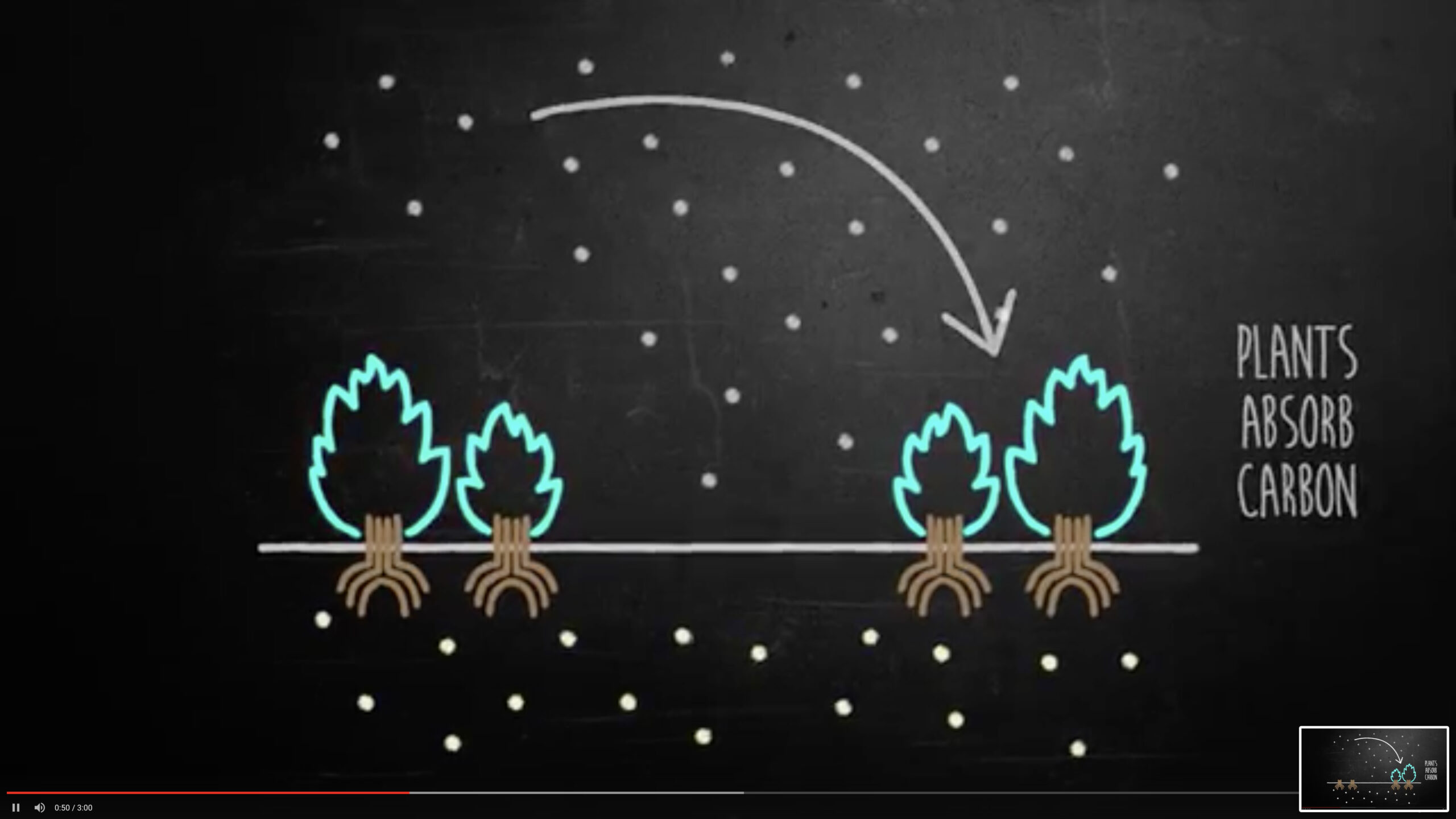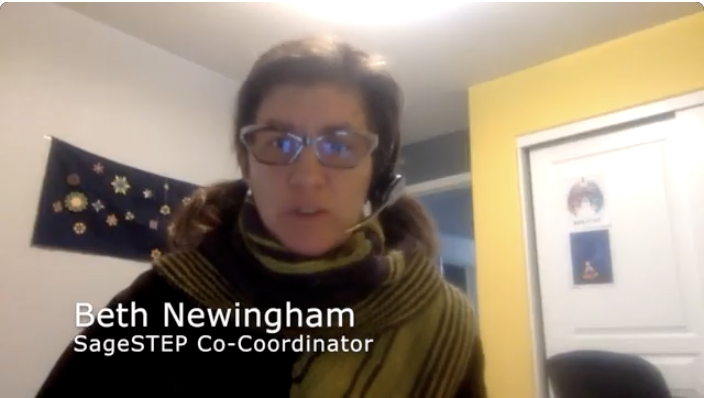Science You Can Use
Wildfire and SageSTEP: an inevitable collision
Over the years, other wildfires have burned close to or slightly into other SageSTEP sites. Last year, half of the mechanical plot of the Blue Mountain site also burned in the Steele Fire (46,000 acres burned in total). Over the years, wildfires have burned up to the edge of our Saddle Mountain site (2018 Wahluke Slope and Saddle Mountain Fires), Rock Creek site (2010 Poker Jim Fire), and the Onaqui site (2017 Onaqui Complex Fire). All told, of 20 original SageSTEP sites, 8 of them, or 40%, have experienced wildfire, either within or adjacent to their plots in the 12 years since the project began. This certainly demonstrates the primacy of fire in sagebrush steppe country of the interior west, especially in recent years – but what does it mean for the research?
10 years and counting
What has SageSTEP learned about sagebrush ecosystems after 10+ yrs of post-treatment monitoring? Find out in this video from the SRM Symposium on Feb. 17, 2021.
SageSTEP Shorts
On a schedule? Watch (fairly) short videos from our scientists explaining the focus of their research, recent results and the big take-aways for managers.
10 years post-treatment Fuels Guide
The Fuels Guide for Sagebrush and Pinyon-Juniper Reduction Treatments: 10 years post-treatment, is intended to help land managers better understand the variability in long-term responses of fuel loads and vegetation to woody-plant reduction treatments in the Intermountain West. It pairs photographs of sagebrush and pinyon-juniper treatments with fuel loading and plant height, cover, and density data.
Biocrusts as restoration targets
Across the sagebrush steppe of the Great Basin, biocrusts help to increase the ecosystem’s resistance to invasive species, especially in the presence of fire and grazing. Mosses, lichens, and perennial grasses are associated with reduced cover of cheatgrass (Bromus tectorum L.).
Fuel treatments and fire behavior
Do fuel treatments modify fire behavior in the sagebrush steppe? Little is known about the actual effects of fuel reduction treatments on fire behavior in sagebrush ecosystems.
Contact

Site Designed by Kite Media

